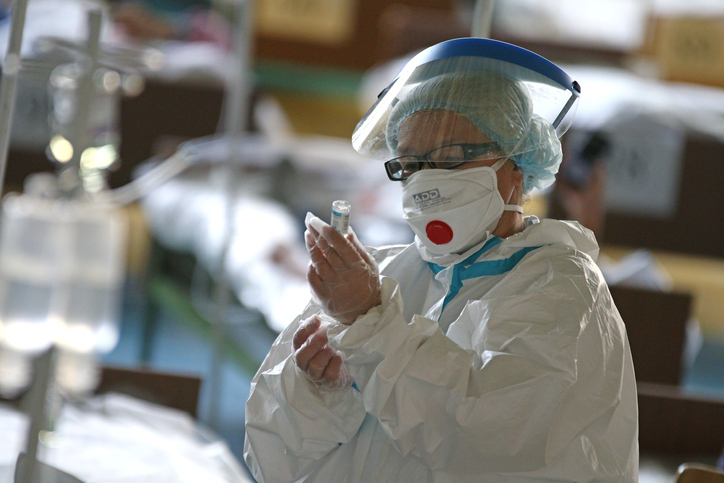Since March, pharmaceutical companies have been hard at work with the common goal of releasing a COVID-19 vaccine before the end of the year. In fast-tracking the creation of a vaccine—which often takes multiple years—to just 8 months, some are concerned about its durability and safety.
In the last weeks, three front runners have emerged. Pharmaceutical companies, Pfizer, Moderna, and AstraZeneca are all en route to producing the all-important vaccine. Now that multiple successful vaccines are in view, the question is how quickly can they be produced and who will receive them first?
For information on the vaccines, their production, and distribution, continue reading below.
Effectiveness and Administration
Pfizer and Moderna’s vaccines both claim to be 95% effective, while AstraZeneca’s is 90% effective. These percentages only reflect their success following two does a month apart. Taking just one dose can reduce the vaccine’s effectiveness by more than 25%.
While many are itching to get the vaccine, it is not without side effects. Those who get it can expect pain at the injection site, body aches, and fatigue. Still, such side effects seem mild in comparison to that one can experience with COVID-19.
In addition to side effects, there is a concern that the vaccine will not stop the transmission of COVID-19. The injection will merely prevent those who receive it from getting sick themselves. If this is the case, social distancing measures and mask-mandates may remain for some time.
Production Timeline
Pfizer announced on November 18 that they plan to submit their vaccine to the Food and Drug Administration within the coming weeks. The company plans to deploy vaccines within 24 hours of approval by the FDA.
Should the FDA give Moderna the green light on the production, the company says that 20 million injections will be administered before the end of the year, with the earliest vaccines being routed to hospitals in mid-December. While tens of millions of vaccines sound like a lot, it is just a small fraction of the global population, which currently sits at 7.8 billion. The gap between these two figures is leaving many to wonder who will get them first.
Distribution Concerns
Although the vaccine brings hope for a return to normalcy, it’s distribution details are still up in the air. Both vaccines in question must be kept cool, with Pfizer’s vaccine requiring a refrigeration temperature of -70 degrees Celsius and Moderna’s a more tolerable -20 degrees Celsius. Distributing these injections in urban and suburban areas where refrigeration is readily available and limited transportation is not the issue. It’s distributing them to rural and warm climates which will require the most resources.
In the past, scientists have been able to freeze vaccines or use thermoses to keep them cold. The thermoses, while reliable and reusable, are expensive. Neither Pfizer nor Moderna have shared if freezing the vaccine is a possibility. Given the financial savings, it’s likely this testing is scheduled if not already complete.
Right now, Pfizer is planning to use dry ice to pack and ship its first vaccines within the U.S.
Regardless of the unknowns outlined, the vaccines’ production and success prove promising for a return to normal sometime in the near future.
Learn more about COVID-19 and how cases managed within the U.S.
Participate in a virtual clinical experience through the University of Miami that focus on COVID-19 wards.







Leave A Comment